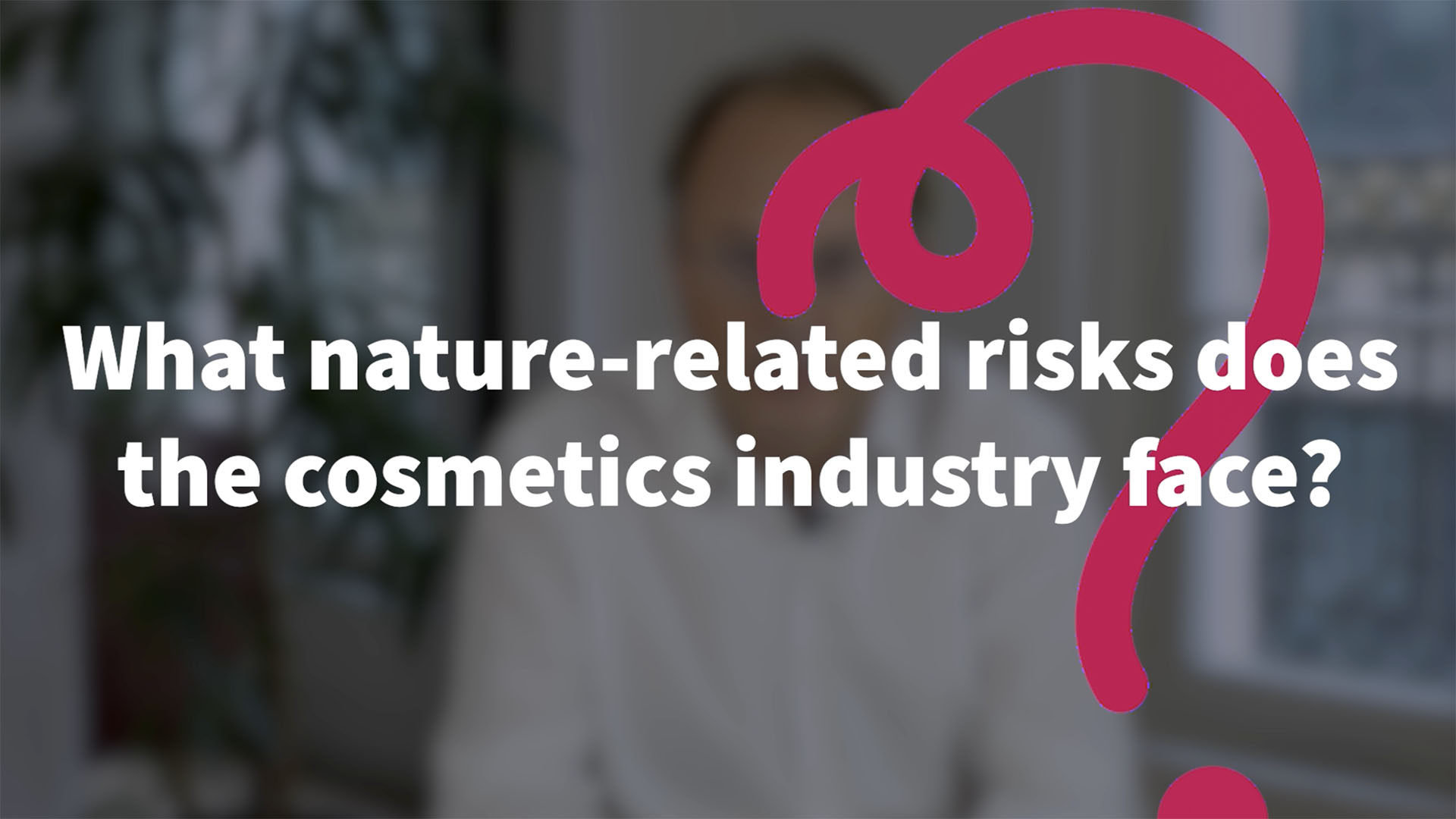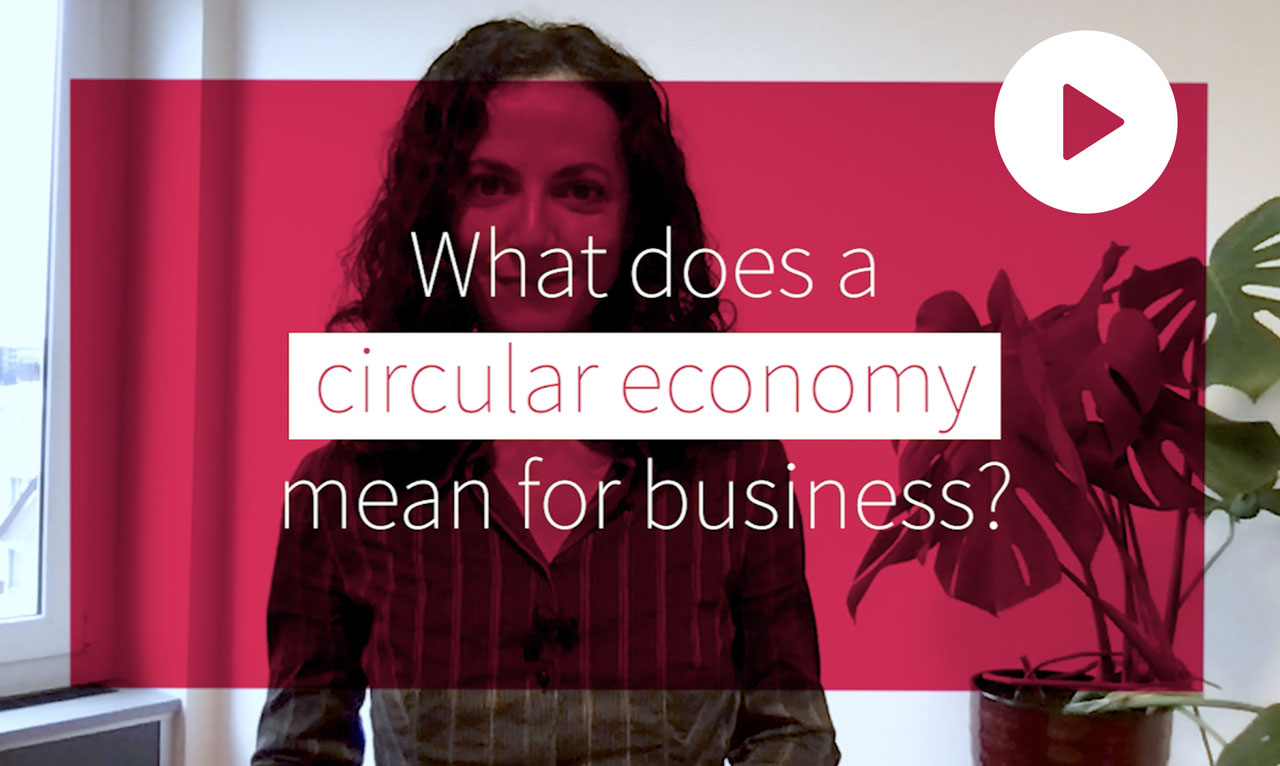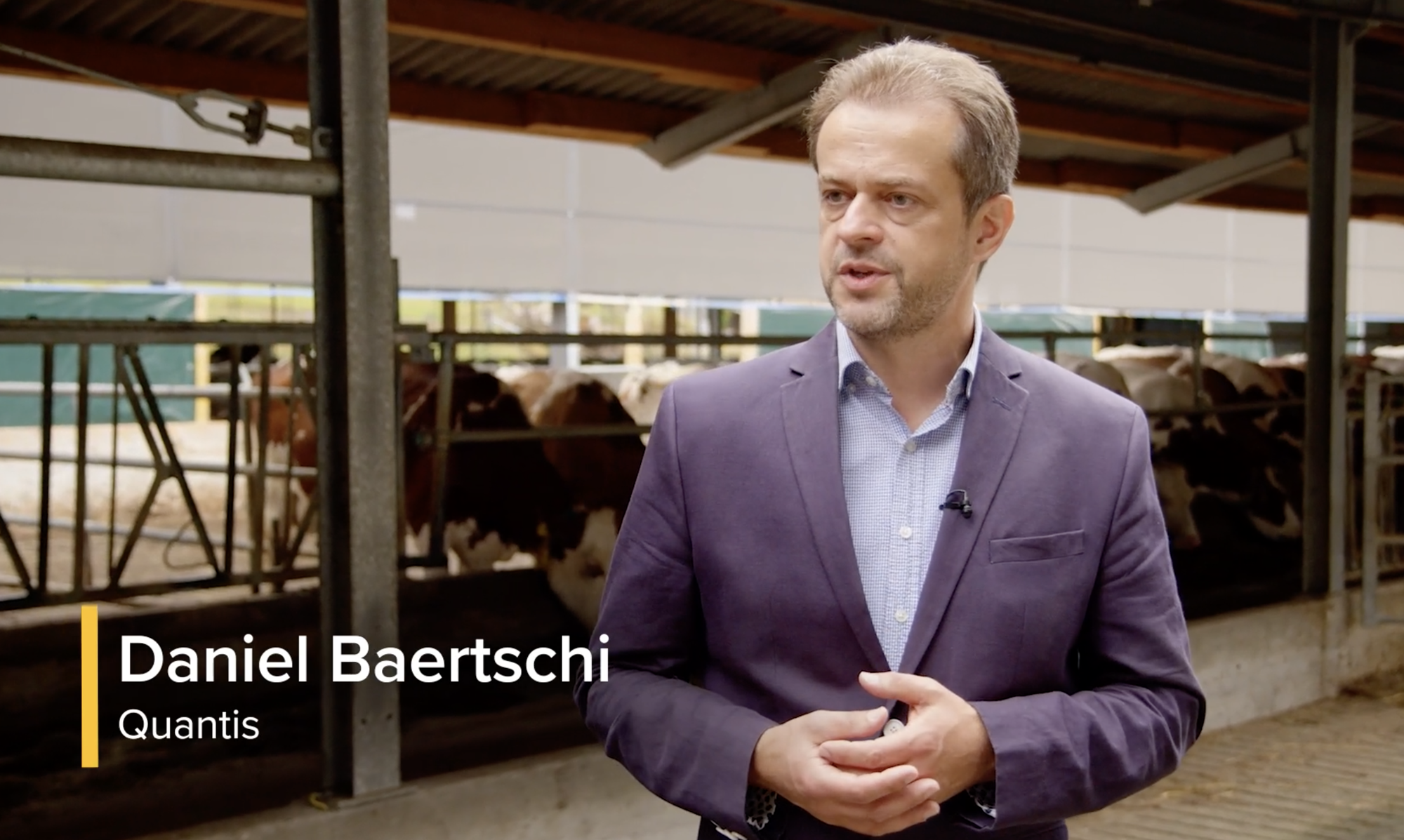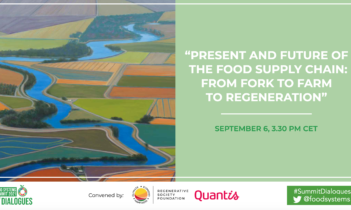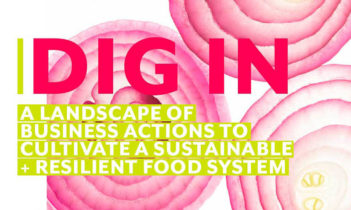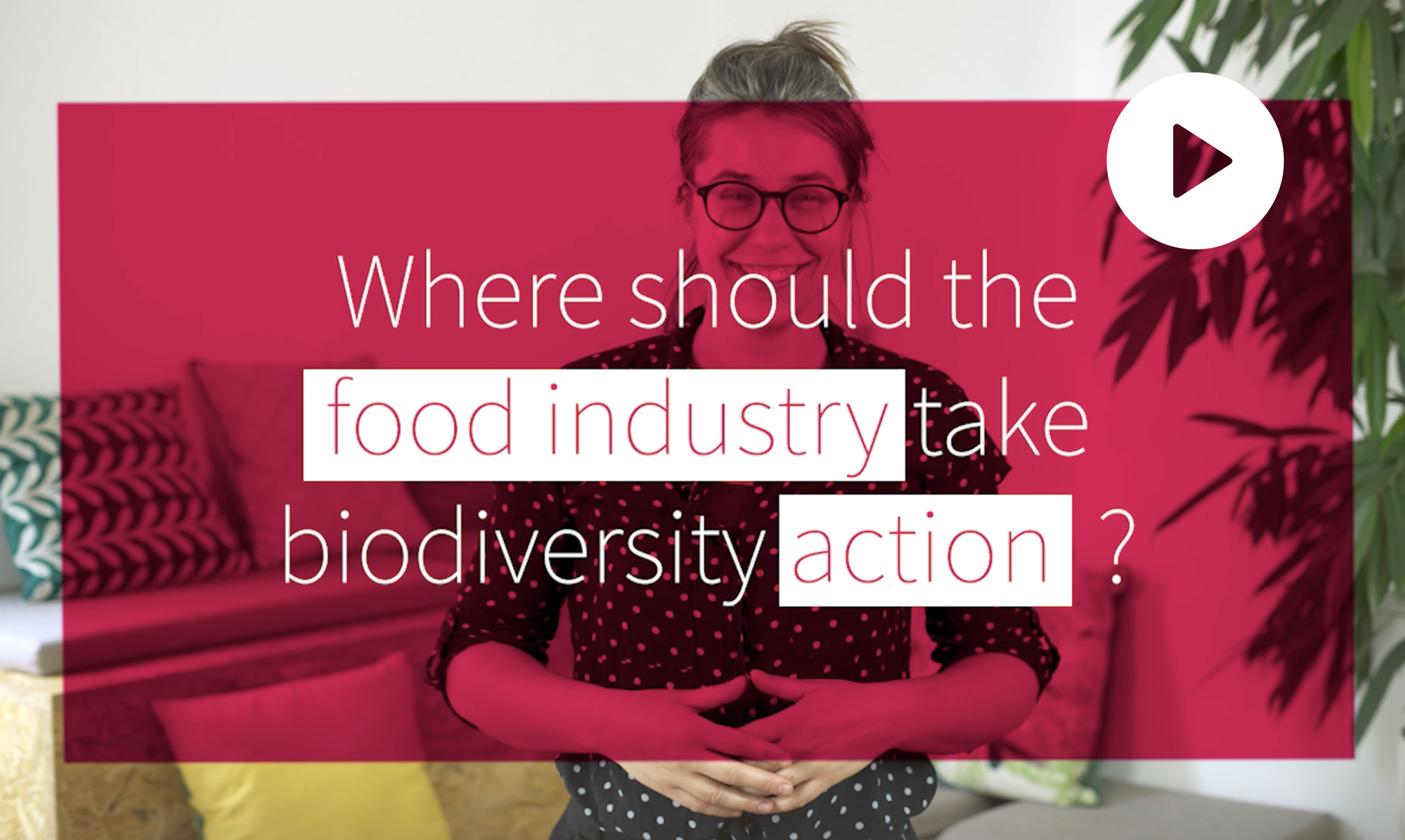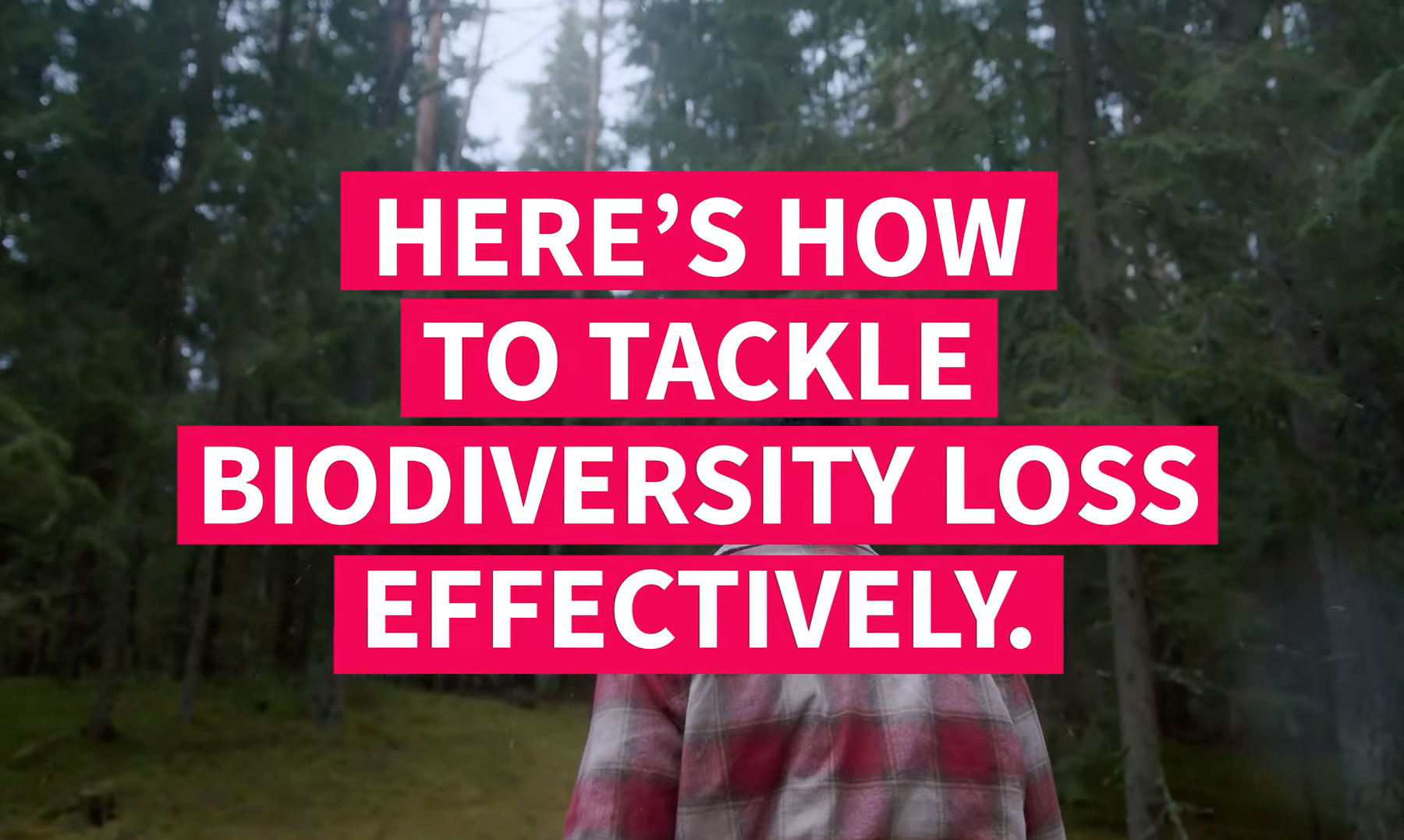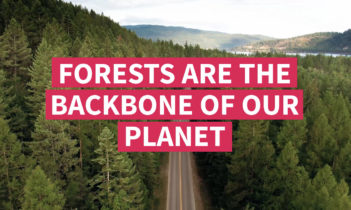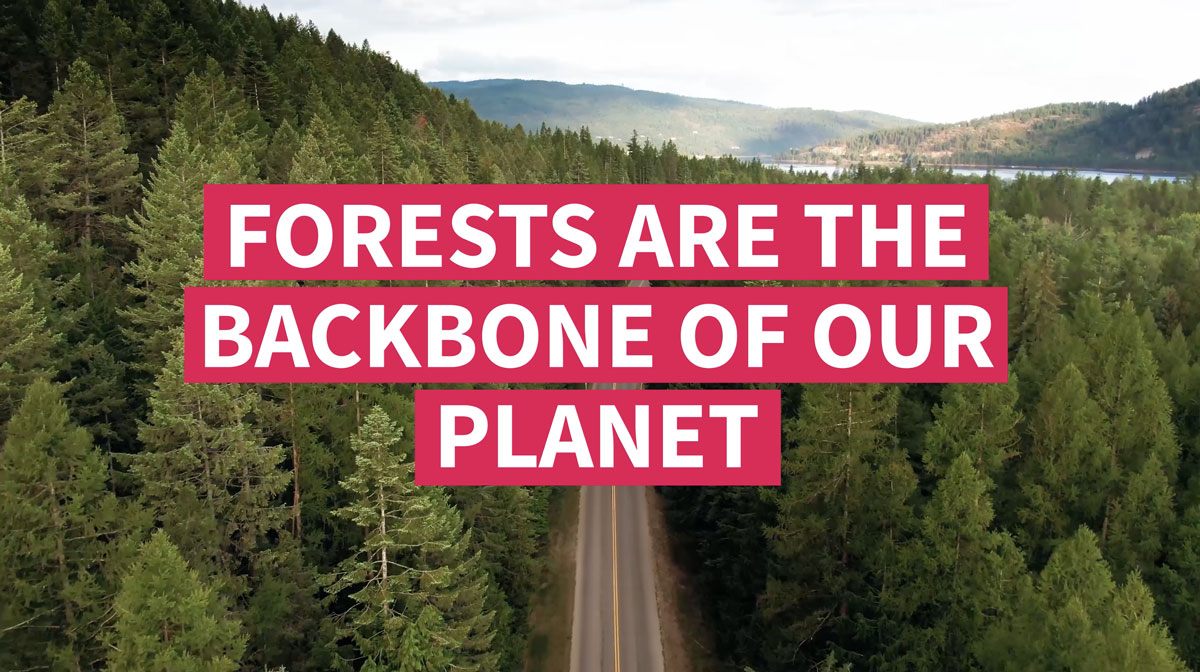Chemicals are an integral part of nearly every industry, from consumer goods and cosmetics to pharmaceuticals and manufacturing. With such broad influence, the chemical sector holds immense potential to help bring society into alignment with planetary boundaries.
As environmental challenges such as climate change, nature loss and resource depletion intensify, the chemical industry must undergo a transformative shift.
Here are three priorities to accelerate the sustainability transformation of the chemical sector.
A core priority for the chemical sector is transforming its product portfolio to reduce reliance on fossil-based chemicals and embrace renewable and bio-based alternatives.
This involves:
- Shifting to renewable feedstocks: Chemical companies need to transition from fossil fuels to renewable resources such as biomass, algae and agricultural waste, which are now ready to be scaled up for widespread adoption.
- Developing sustainable products: Increasing the share of bio-based, biodegradable and low-carbon chemicals, moving away from those that are harmful to human health and the environment, is urgent.
- Applying sustainable chemistry principles: The industry must take an approach that minimizes hazardous substances and promotes processes that reduce waste. Companies are already exploring innovations like biocatalysts, which generate less waste and require less energy than traditional catalysts.
- Embracing circularity: A circular mindset promotes the reuse and recycling of materials, designing products that can be easily recycled or remanufactured.
Circularity is the next frontier in the chemical industry’s transformation, requiring a departure from the traditional linear model of production (produce, use, dispose) to a more sustainable, circular approach where products and materials are reused, remanufactured or recycled at the end of their lifecycle. Circularity in the chemical sector involves:
- Innovative recycling techniques: Chemical recycling, which breaks down plastics into their chemical components for reuse, offers a promising solution for addressing plastic waste, especially in cases where traditional mechanical recycling degrades material quality.
- Systemic thinking: To tackle complex issues like plastic pollution, chemical companies must adopt a systems-level approach, assessing the entire lifecycle and climate impacts of potential solutions.
- Cost-effective, scalable solutions: Although circularity often comes with high initial costs, the long-term benefits for the environment and for companies that can pioneer these technologies will be significant. Circularity must become a mindset rather than an isolated pilot project, requiring collaboration across the value chain to make it successful.
The chemical industry is a significant contributor to global CO2 emissions and environmental degradation. While many chemical companies are already targeting emissions reduction through renewable energy use, the challenge extends beyond carbon. Nature-based solutions offer an expanded framework for protecting biodiversity, water and soil, avoiding the pitfalls of carbon “tunnel vision”:
- Decarbonizing production: Companies must accelerate the transition of their facilities to run on renewable energy sources to turn CO2 into feedstock for chemical production.
- Protecting biodiversity and ecosystems: Novel chemical substances, both human-made and natural, often have harmful, long-lasting impacts on ecosystems. The industry must consider broader planetary boundaries, working within frameworks like the Science Based Targets for Nature (SBTN) to protect water, soil and biodiversity. This is especially important as the sector accelerates the adoption of bio-based feedstocks.
- Holistic sustainability goals: The industry must look beyond reducing emissions, embracing a comprehensive sustainability approach that addresses multiple environmental challenges simultaneously, from soil health to water conservation. Companies with advanced climate plans in place must reassess them through a nature lens, ensuring impacts aren’t shifted to other environmental areas, such as water or biodiversity.
The path to a sustainable future for the chemical sector requires bold, decisive action and long-term vision. By shifting product portfolios, adopting circularity principles and embracing a holistic approach to decarbonization and nature preservation, the chemical industry can become a driving force for sustainability. These priorities not only ensure regulatory compliance and future-proof operations but also open up opportunities for innovation, cost savings and competitive advantage. Leading this transformation today will position chemical companies — and those they fuel — to thrive.
